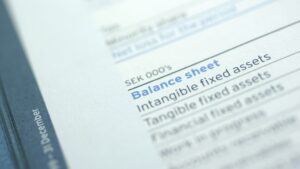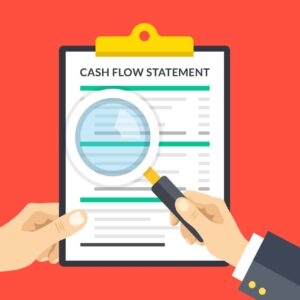Financial Statements Explained
As a business owner or investor, it is important to keep a close tap on the company’s financial health. This allows you to know how profitable the business is and also if the business has the ability to meet its near term debt obligations. As the business seeks financing or government grants, the institutions will also require the business to furnish their profitability report for the past years.
By doing regular bookkeeping and keeping proper accounting records of your business activities, you will be able to generate periodic financial statements. The holy trinity of financial statements is namely the balance sheet, profit and loss statement and cash flow statement.
Balance Sheet

The balance sheet is akin to taking a snapshot of the business. It shows the financial health of the business at any given point in time. On the balance sheet, you will see 3 main categories, namely assets, liabilities and equity.
Total Assets = Total Liabilities + Total Equity
Let me do a simple overview of each of these 3 categories.
Assets are anything of value or resource owned by the company. Common items include cash in banks, inventory, trade receivables, plants, property and equipment.
Liabilities are monies owed by the company to external creditors. Common items include trade payables, short and long term loans.
Equity is the sum of the paid-up capital and the retained earnings of the company.
Ideally, the balance sheet should reflect a strong positive net asset. This will mean that company has no issue meeting their debt obligations and there are still surplus generated to be distributed amongst the shareholders.
Profit and Loss Statement

The profit and loss statement shows you the profitability of the business over any given period of time. Usually, we generate profit and loss statements for review on a monthly, quarterly and yearly basis. On the profit and loss statement, you will see how much sales the business generates and also what are the major expenses it has incurred in the operation. What you want to see if a growing net profit number over the years.
Total Sales – Cost of Sales – Expenses = Net Profit (before tax)
By comparing profit and loss statements over different periods, you will be able to tell if the business is actually growing or dying. This is usually of particular interest to investors who are looking to come on board.
You will also need to refer to the profit and loss statement for your early corporate tax reporting purposes.
Cashflow Statement

Last but not least, the cash flow statement helps you to verify the profit and loss statement. Especially for small businesses, oftentimes, the lack of cash flow is the biggest problem. The business may show very impressive profitability for the year but the inability to get paid on time may result in negative cash flow for the business.
The cash flow statement measures how well a company manages its cash position, meaning how well the company generates cash to pay its debt obligations and fund its operating expenses.
To sum it up, there is no point in showing profitability when you are not able to stay afloat to pay off expenses in the near term. Those receivables will eventually become bad debts.
To fully stay on top of how your business is doing, it is important to review your financial statements regularly. Identifying potential red flags early can help you go a long way. Need help with your company’s financial statements? Consider engaging the service of a professional accountant in Singapore!
Download the Telegram app and follow us for the latest updates: https://t.me/sgcompanyservices

Highly energetic article, I loved that bit.
Will there be a part 2?